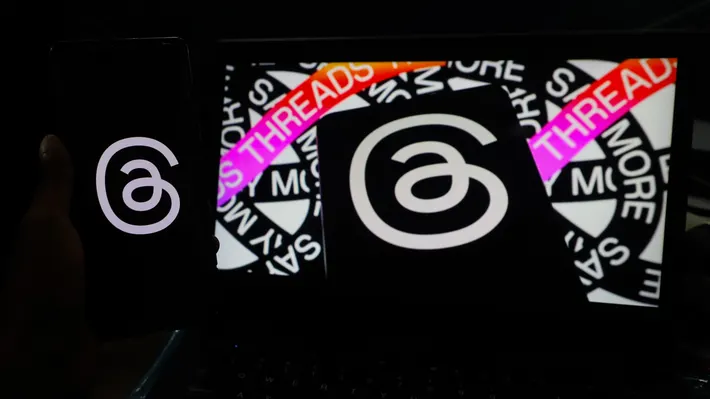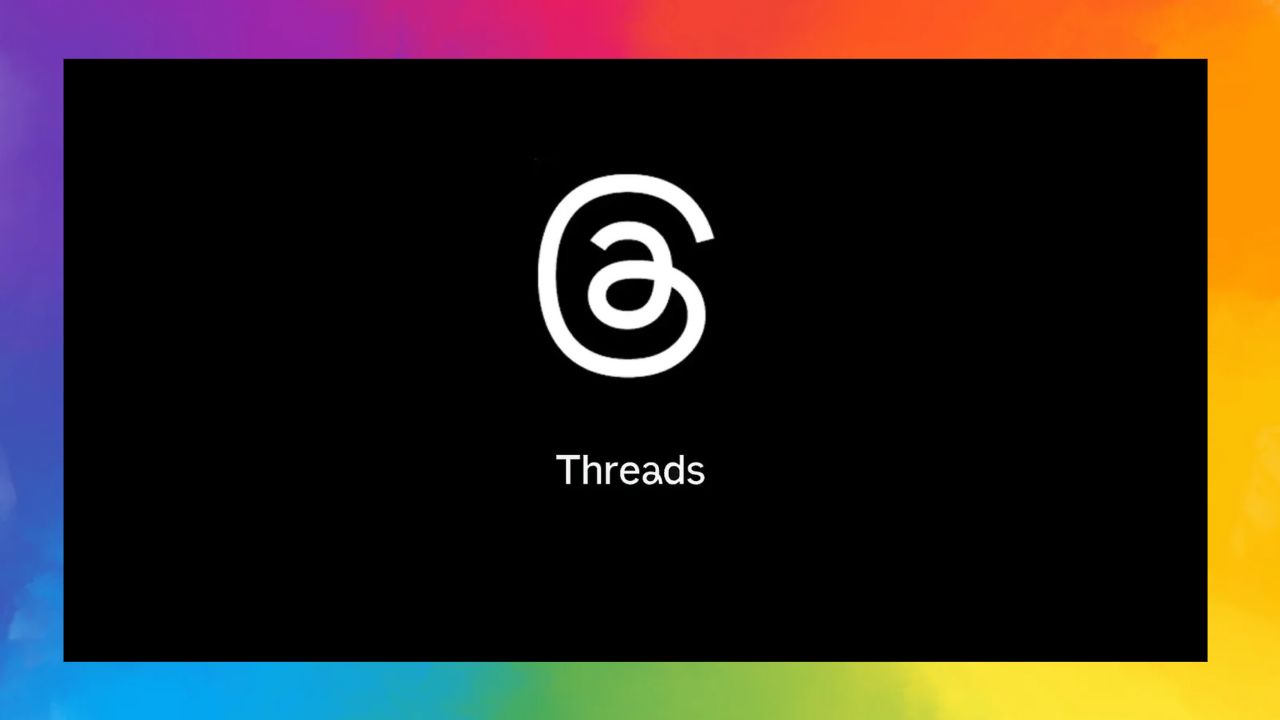Threads play a crucial role in multitasking on a Windows desktop, allowing multiple tasks to run concurrently. Understanding how to install and manage threads is essential for optimizing performance and ensuring efficient resource utilization. In this article, we will guide you through the process of installing threads on your Windows desktop and provide insights on optimizing their performance.
Introduction
In today’s fast-paced digital world, the ability to multitask efficiently is vital. Threads enable concurrent execution of multiple tasks on a Windows desktop, improving responsiveness and productivity. By dividing a program into smaller units of execution, threads allow different parts of the program to run simultaneously.
Understanding Threads
Before diving into the installation process, it’s important to grasp the concept of threads and their role in multitasking. A thread can be thought of as a lightweight unit of execution within a process. It has its own program counter, stack, and set of registers, enabling it to operate independently.
There are various types of threads, each serving different purposes. User threads, for example, are managed by user-level libraries and provide a higher level of abstraction. Kernel threads, on the other hand, are managed by the operating system and offer lower-level control.

Installing Threads on Your Windows Desktop
To install threads on your Windows desktop, follow these steps:
Step 1: Checking system requirements
Before proceeding with the installation, ensure that your system meets the necessary requirements. Check the documentation of the thread library or framework you intend to use for specific details.
Step 2: Downloading the necessary software
Visit the official website of the thread library or framework you have chosen. Look for the download section and choose the appropriate version for your operating system.
Step 3: Installing the software
Once the download is complete, locate the installer file and double-click on it to initiate the installation process. Follow the on-screen instructions to install the thread library or framework on your system.
Step 4: Configuring thread settings
After the installation, you may need to configure certain settings based on your requirements. Refer to the documentation provided with the software for guidance on configuring thread-related settings.
Optimizing Thread Performance
Optimizing thread performance is essential for achieving maximum efficiency and responsiveness. Here are some techniques to enhance thread performance:
Thread Pooling
Thread pooling involves creating a pool of pre-initialized threads that are ready to execute tasks. By reusing threads instead of creating and destroying them for each task, you can reduce overhead and improve performance.
Thread Synchronization
Synchronization ensures that threads access shared resources in a coordinated manner, preventing conflicts and data corruption. Techniques like locks, semaphores, and monitors can be employed to synchronize thread execution.
Prioritizing Threads
Assigning priorities to threads can help allocate system resources more effectively. Higher-priority threads receive preferential treatment, allowing critical tasks to be executed with minimal delay.
Troubleshooting Thread Issues
While threads provide significant benefits, they can also introduce challenges. Here are some common thread-related problems and their solutions:
- Deadlocks: Deadlocks occur when two or more threads are waiting for each other to release resources, resulting in a stalemate. Careful design and proper synchronization techniques can help avoid deadlocks.
- Race Conditions: Race conditions occur when multiple threads access shared resources concurrently, leading to unpredictable results. Proper synchronization and use of locking mechanisms can mitigate race conditions.
For diagnosing and troubleshooting thread issues, various tools are available, such as debugging utilities and profiling tools. These tools can provide insights into thread behavior and help identify and resolve issues effectively.
6. Best Practices for Thread Management
To ensure smooth operation and minimize potential issues, it’s important to follow best practices for thread management. Here are some guidelines:
- Thread Safety: Design your code to be thread-safe, meaning it can be safely executed by multiple threads concurrently without introducing unexpected behavior or data corruption.
- Exception Handling: Properly handle exceptions within threads to prevent application crashes and ensure graceful recovery from errors.
Conclusion
Threads play a vital role in multitasking on a Windows desktop, allowing concurrent execution of tasks and improving overall performance. By following the installation steps outlined in this article and optimizing thread performance, you can harness the power of threads to achieve efficient multitasking and enhance your desktop experience.
FAQs
1. What is the difference between a process and a thread?
In simple terms, a process can be thought of as a program in execution, while a thread is a smaller unit of execution within a process. Processes have their own memory space, whereas threads share memory with other threads within the same process.
2. Can I install multiple thread libraries or frameworks on my Windows desktop?
Yes, you can install multiple thread libraries or frameworks on your Windows desktop. However, it is important to ensure compatibility and avoid conflicts between different libraries or frameworks.
3. Are there any performance considerations when using threads?
Yes, improper use of threads can lead to performance issues. It is important to optimize thread usage, minimize resource contention, and ensure proper synchronization to achieve optimal performance.
4. Can I dynamically create and destroy threads during program execution?
Yes, it is possible to create and destroy threads dynamically during program execution. However, it is generally recommended to use thread pooling to minimize the overhead of thread creation and destruction.
5. Are there any alternatives to threads for multitasking on a Windows desktop?
Yes, there are alternative approaches to achieve multitasking on a Windows desktop, such as asynchronous programming and task-based parallelism. These approaches offer different levels of abstraction and may be more suitable for certain types of applications.





